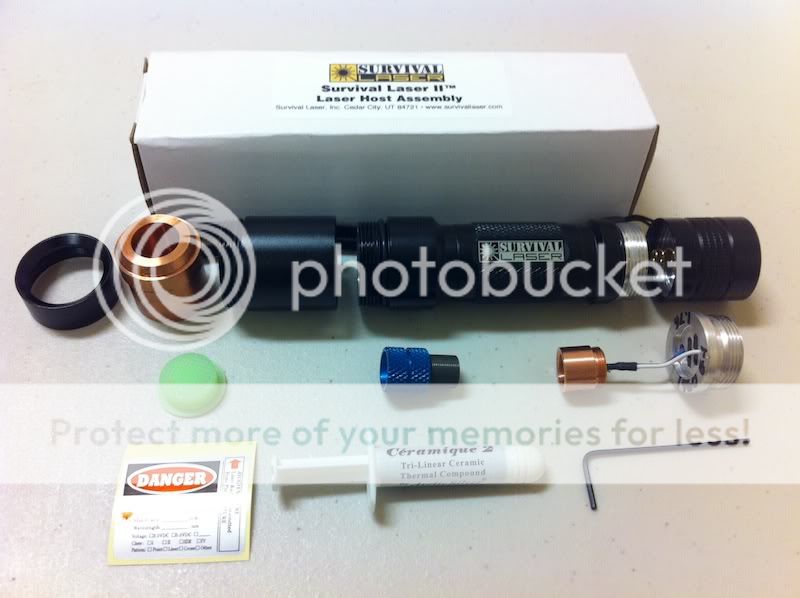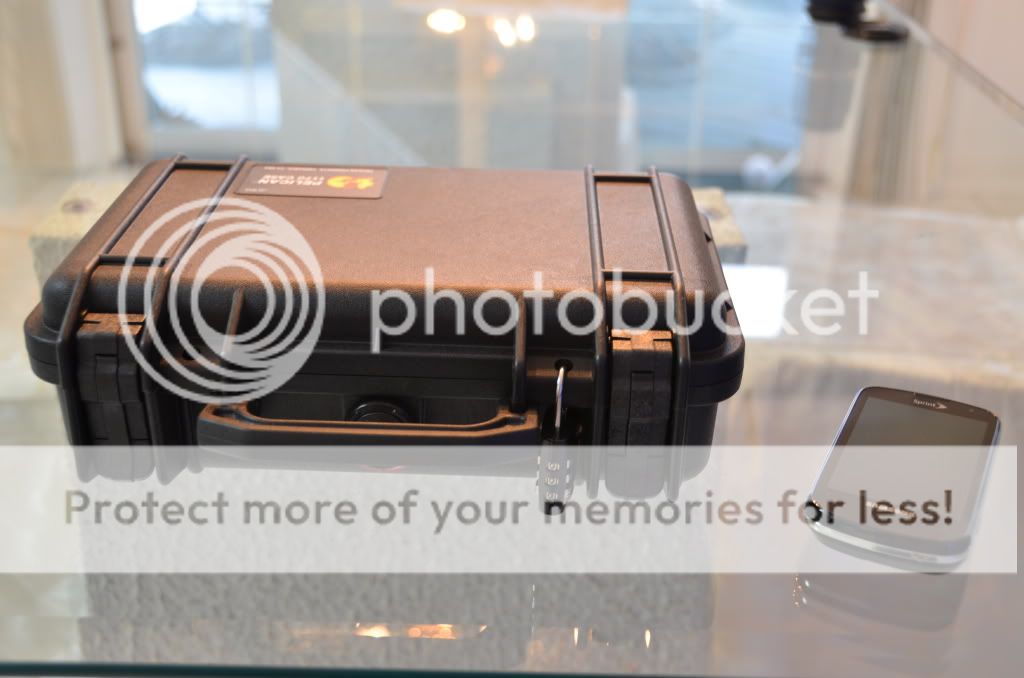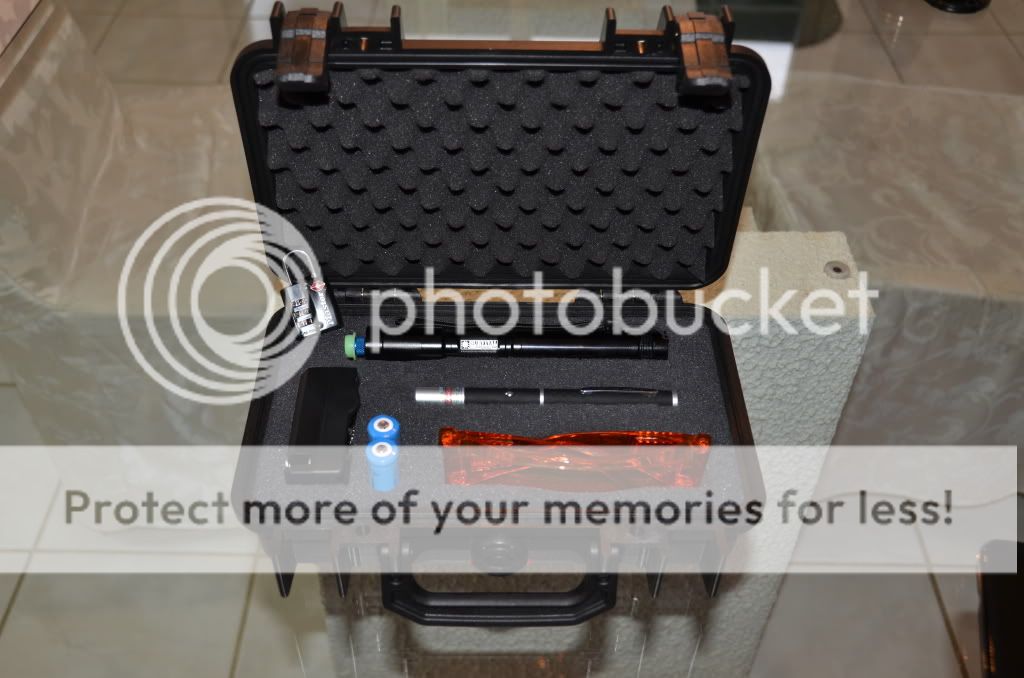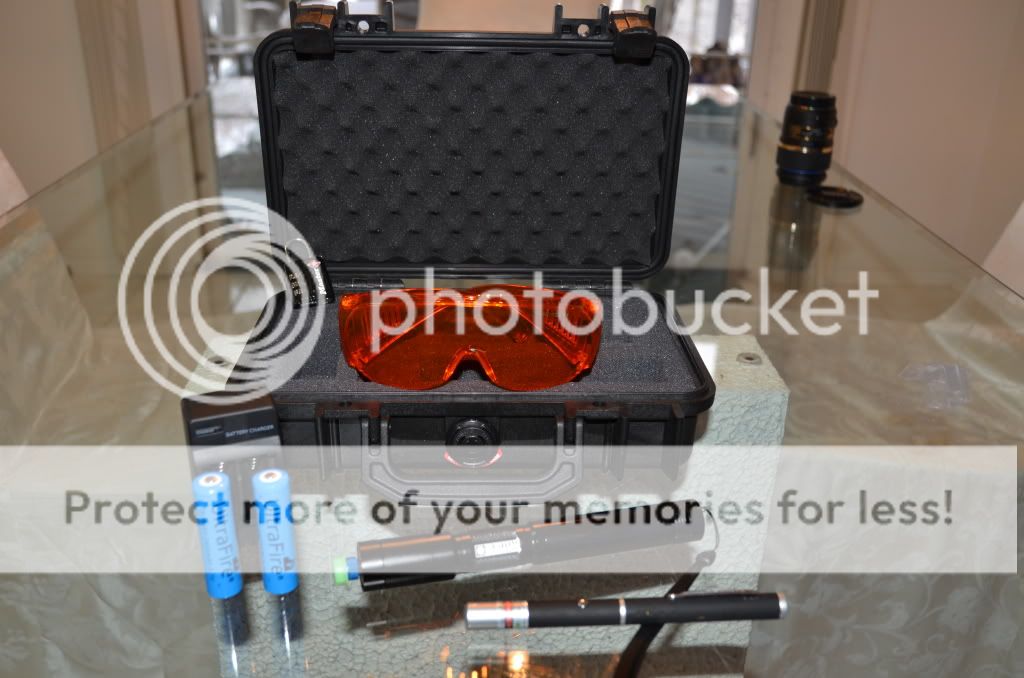CalmSeasQuest
Active member
I've been doing some research on the use of Laser light in eradicating and/or controlling certain pests frequent in marine aquaria. These include,
The most common laser pointers (< 5mW) do not generate anywhere near enough energy to be effective. Higher power lasers are now available that can emit enough energy to instantly "boil" the targeted pest, while avoiding damage to adjecent corals. The primary challenges with this approach,

The next challenge is safety (mine as well as that of the livestock.) At this power output, blinding could be instantaneous if shined in ones eye (including a reflection of the beam.) Even looking at the beam endpoint unprotected is dangerous. Safety goggles provide user/viewer protection. I'm still working on a shield to prevent injury to livestock.
This idea was suggested by Lotus-Darkrose, a user in the Laser Pointer forums - albeit a bit difficult to deploy

- Aiptasia / Mojano
- Blue/Green Algae including Valonia and Bryopsis
- Xenia
- GSP
- Virtually any other unwanted pests such as vermetid snails, predatory crabs...
The most common laser pointers (< 5mW) do not generate anywhere near enough energy to be effective. Higher power lasers are now available that can emit enough energy to instantly "boil" the targeted pest, while avoiding damage to adjecent corals. The primary challenges with this approach,
- Cost - Higher power lasers are expensive.
- Safety - Eye protection is an absolute nesessity as intant blindness is possible should the beam (or potentially a reflection) strike your eye.
- Legality - There are FDA imposed restrictions on the sale of Class IV lasers (>50mW) that make them difficult (read expensive) to acquire.
- Risk to livestock - Caution will have to be maintained to prevent fish from being struck by the laser. At very high power settings, even viewing the point being lased "might" result in damage to their eyesight (still investigating this concern.)

The next challenge is safety (mine as well as that of the livestock.) At this power output, blinding could be instantaneous if shined in ones eye (including a reflection of the beam.) Even looking at the beam endpoint unprotected is dangerous. Safety goggles provide user/viewer protection. I'm still working on a shield to prevent injury to livestock.
This idea was suggested by Lotus-Darkrose, a user in the Laser Pointer forums - albeit a bit difficult to deploy




